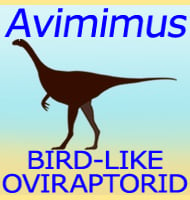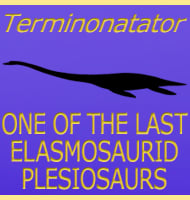Avimimus
In Depth Avimimus acquired its name from its bird like characteristics that have led to some controversy as to how much like a bird it really was. Like in modern birds the hand bones were fused together, and the presence of pronounced quill knobs on the lower arm bones confirms that Avimimus did at least … Read more

